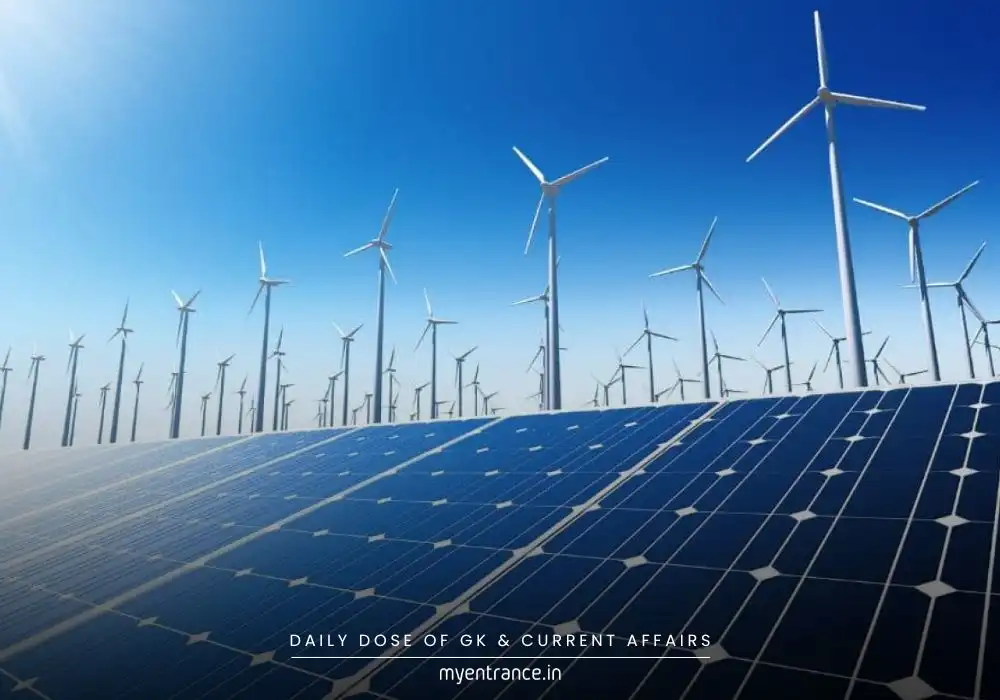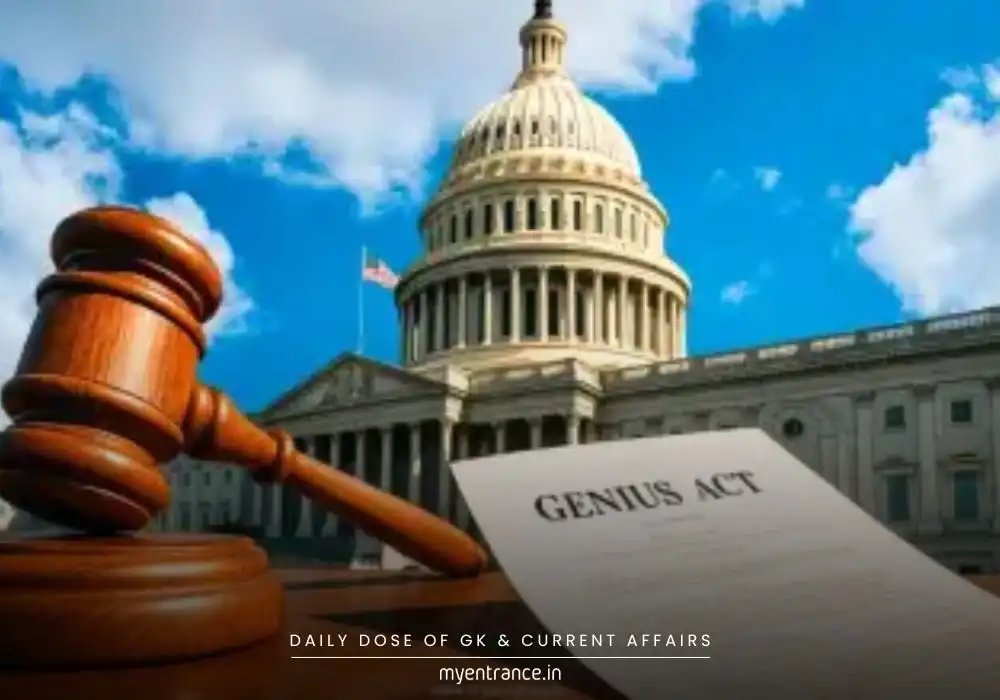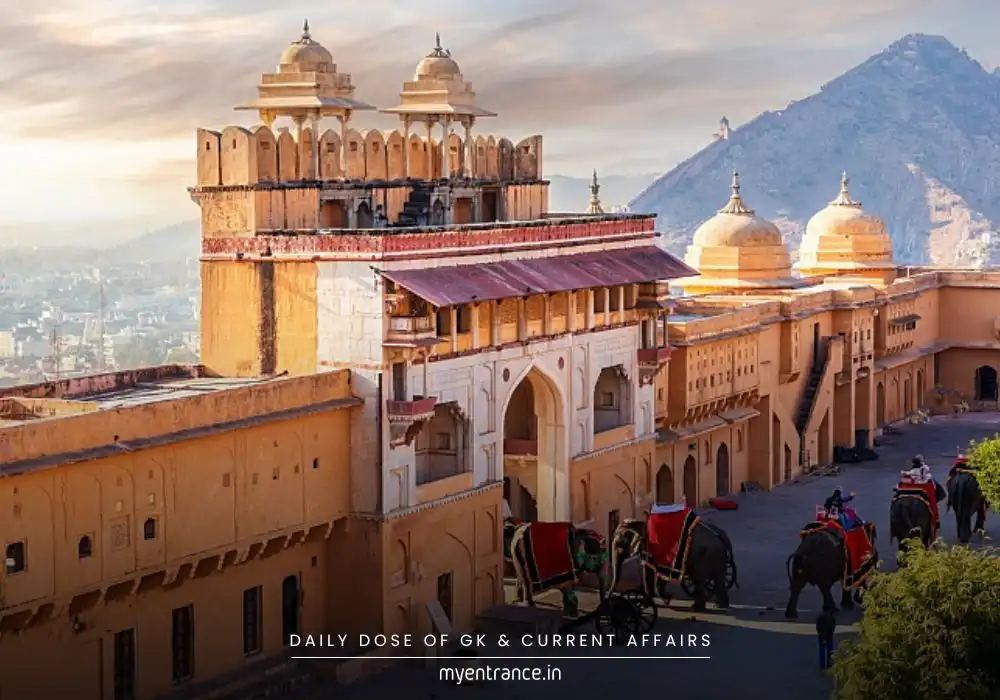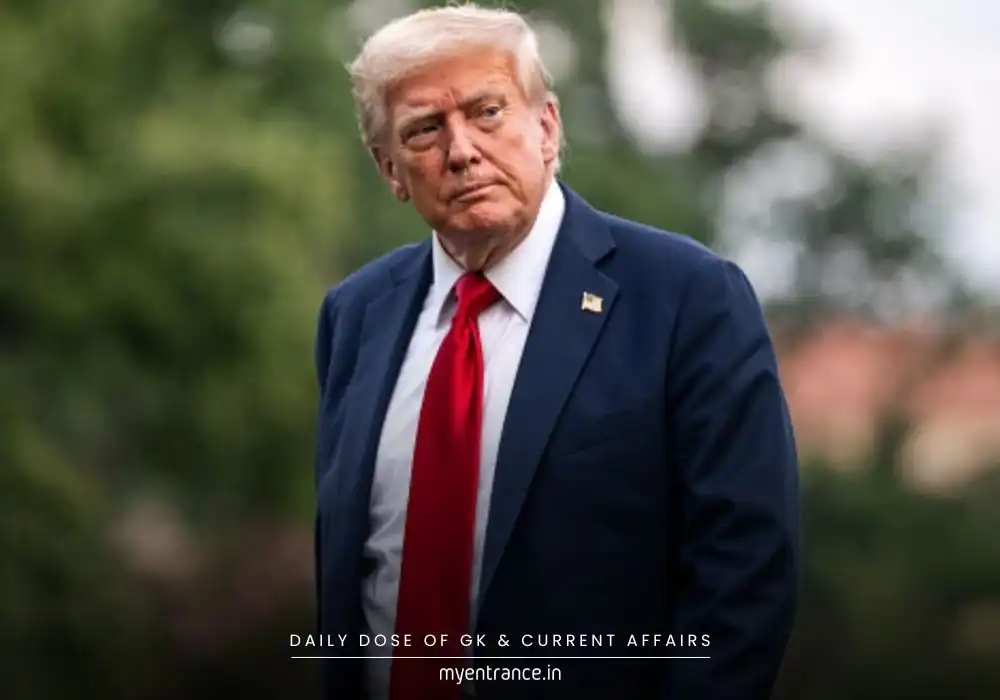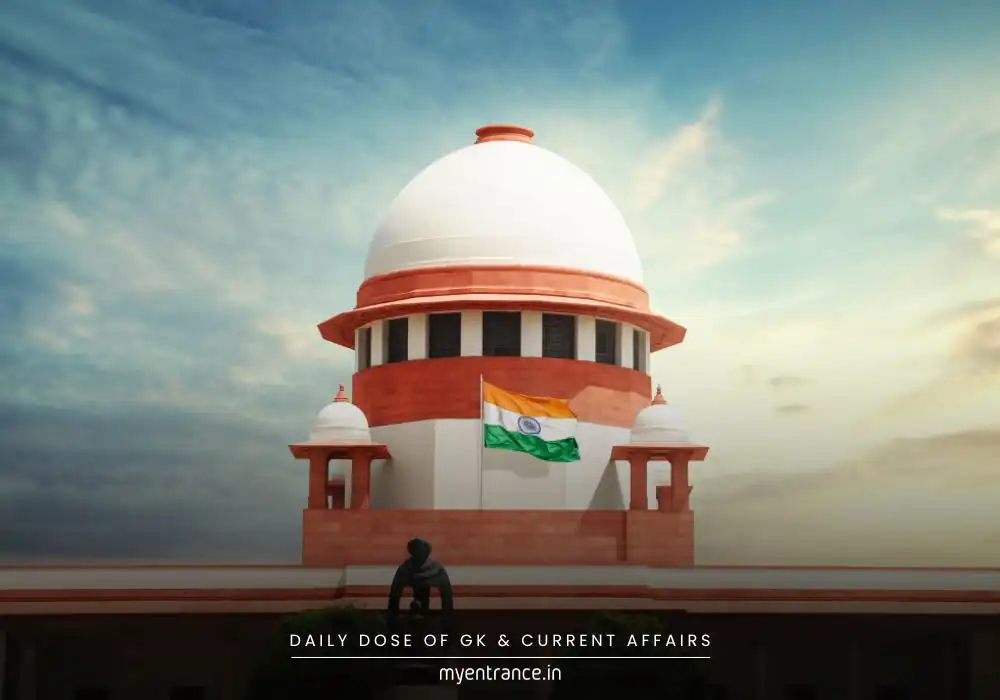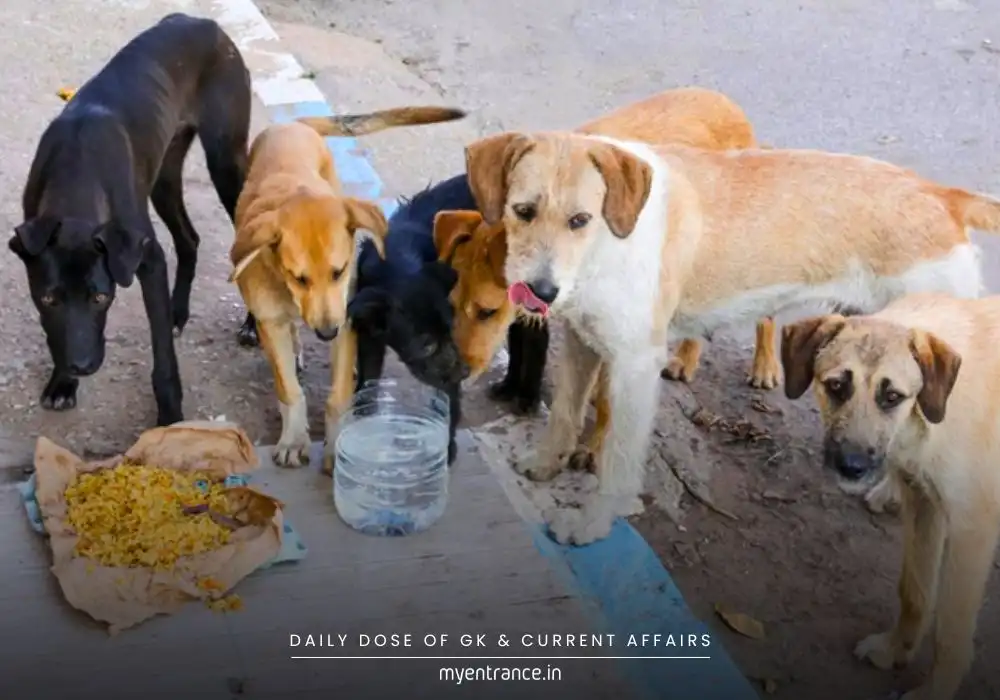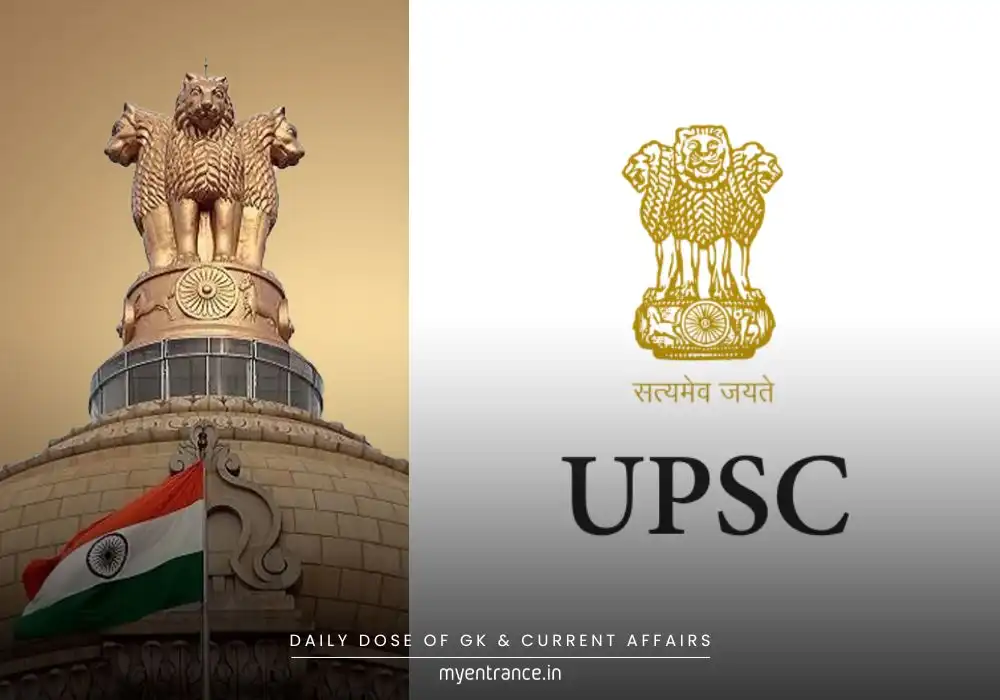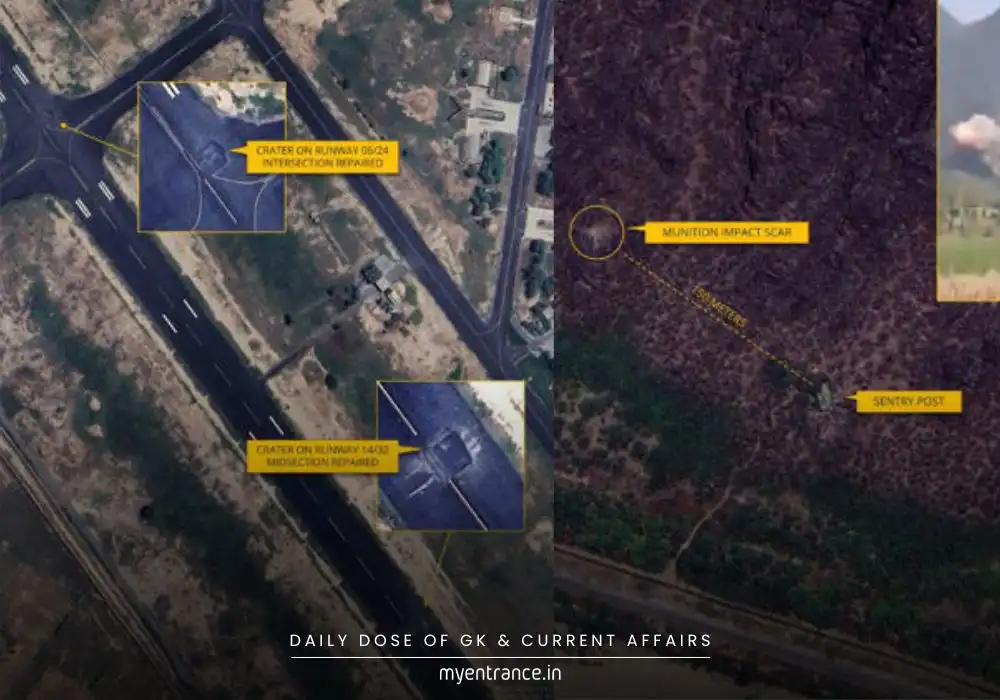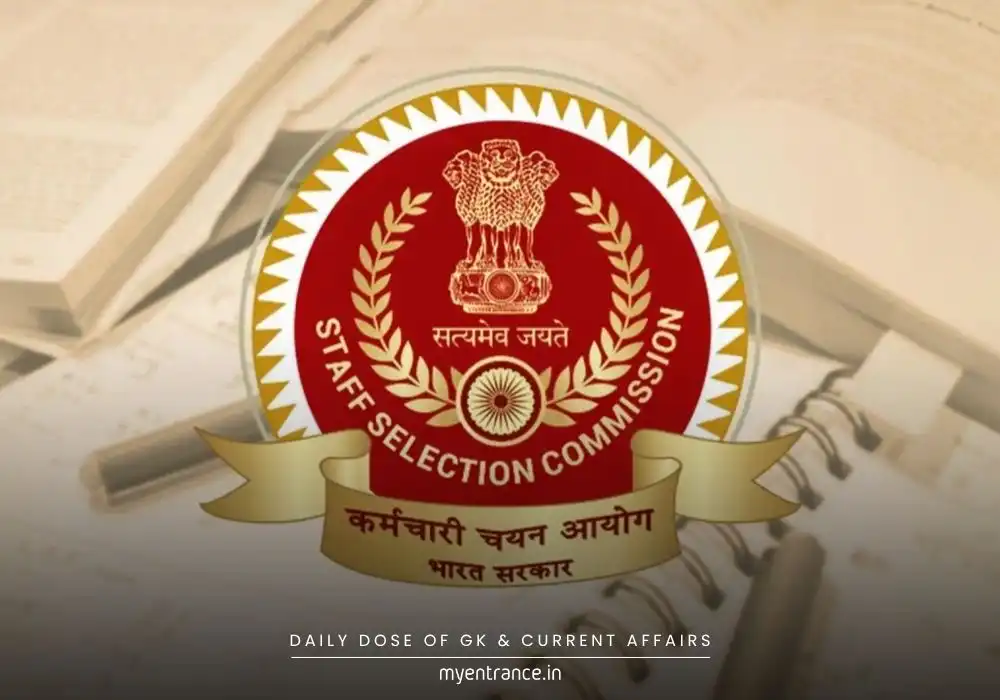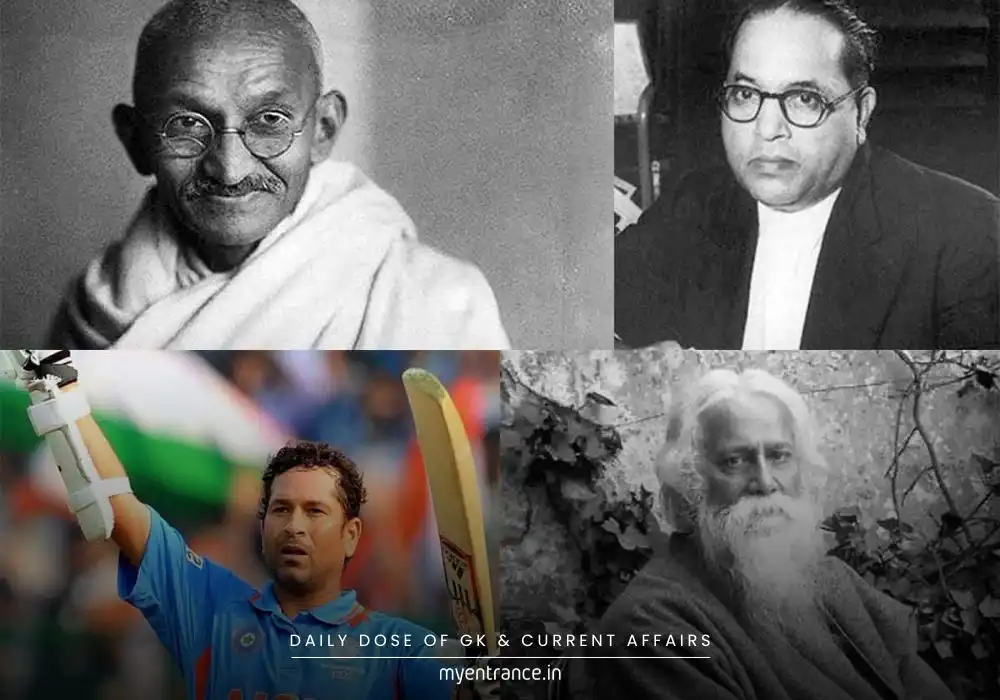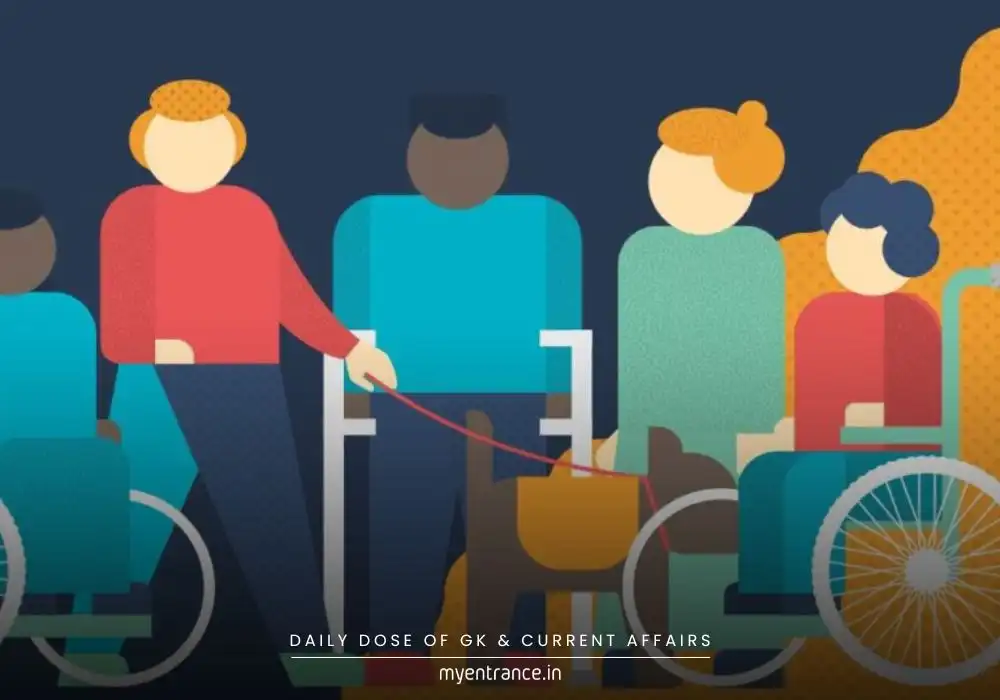Translate Language
Why Is the Govt Pushing for ‘Oil and Sugar Boards’ in Offices and Schools?
The Union Health Ministry has advised displaying fat and sugar content information in offices, schools, and public spaces to encourage healthier eating. This initiative aims to tackle India’s rising obesity crisis and related diseases like diabetes and heart conditions.
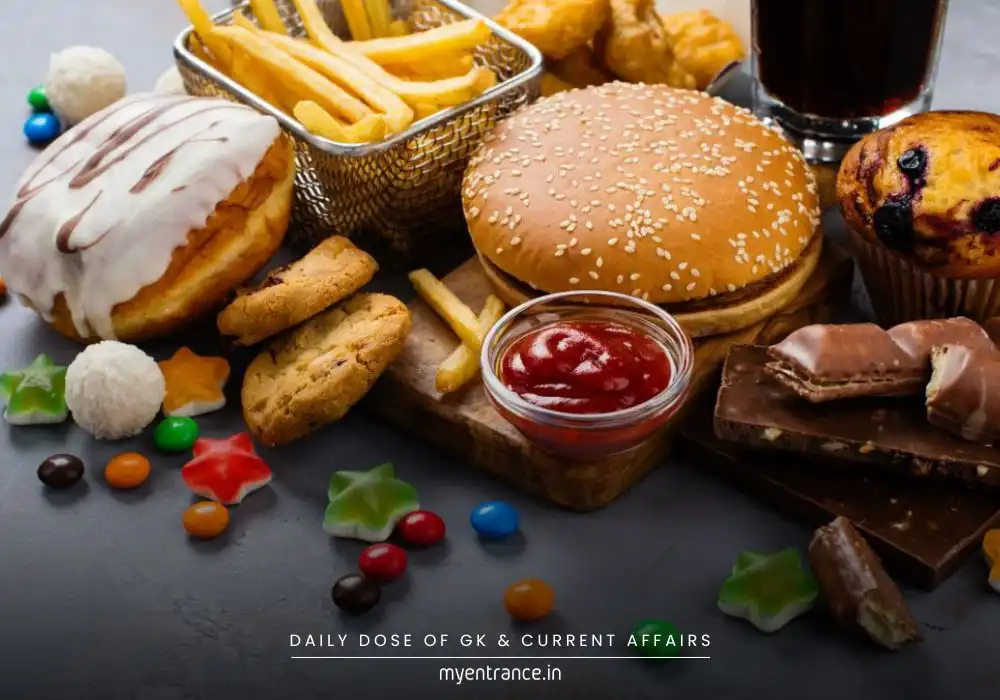
Why Is the Govt Promoting ‘Oil and Sugar Boards’?
The Health Secretary’s advisory emphasizes visual nudges—not strict bans—to help people make informed food choices. Here’s what you need to know:
Key Highlights of the Initiative
Purpose: To raise awareness about hidden fats and sugars in everyday foods.
Not a Ban: Unlike tobacco warnings, these boards are informational, not restrictive.
Targeted Foods: Common snacks like samosas, burgers, and sweets (e.g., gulab jamun) will display fat/sugar content per serving.
Daily Limits:
Fat: ~27–30g per day (one samosa alone contains 28g!).
Sugar: Max 25g for adults, 20g for kids (a single gulab jamun has 32g!).
Why the Sudden Focus on Diet?
Obesity Crisis: India’s overweight population may surge from 18 crore (2021) to 44.9 crore by 2050 (per The Lancet).
Health Risks: Excess sugar and fat contribute to diabetes, heart disease, and hypertension.
PM’s Call to Action: Narendra Modi recently urged citizens to cut oil use by 10% and adopt healthier lifestyles.
Are All Fats Bad?
No! The ICMR recommends healthy fats from nuts, seeds, and pulses. The real culprits are:
Ultra-processed foods (packed with hidden sugars/salts).
Trans fats (common in fried and packaged snacks).
Sample Q&A for Competitive Exams
Q1: What is the purpose of the ‘Oil and Sugar Boards’ proposed by the Health Ministry?
A1: To act as visual nudges promoting healthier eating habits by displaying fat/sugar content in everyday foods.
Q2: How much fat does one 100g samosa contain, according to FSSAI?
A2: 28g of fat—nearly the entire daily recommended limit for an adult.
Q3: Name one lifestyle disease linked to excessive sugar consumption.
A3: Diabetes (or hypertension/heart disease).
Q4: What is the ICMR’s advice on healthy fat sources?
A4: Opt for fats from nuts, seeds, pulses, and beans instead of processed foods.
Q5: By 2050, India is projected to rank ___ in global obesity burden.
A5: Second-highest, with ~44.9 crore obese/overweight adults.
Get 3 Months Free Access for SSC, PSC, NIFT & NID
Boost your exam prep!
Use offer code WELCOME28 to get 3 months free subscription. Start preparing today!
